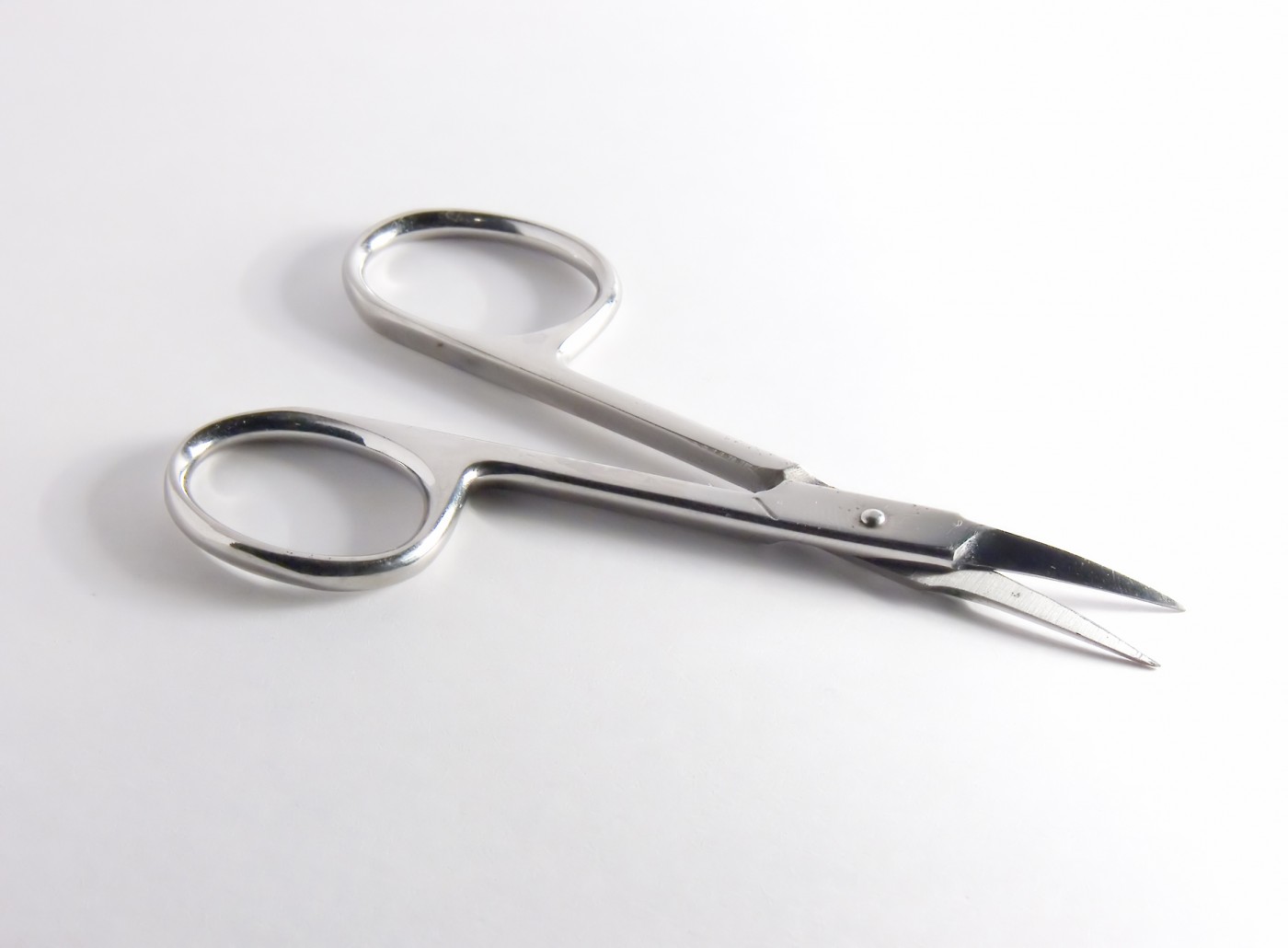Molecular Scissors Cut Out Mitochondrial DNA to Prevent Hereditary Disease Transfer

Women with mitochondrial disease hold a high risk of passing their hereditary disease on to their children. This makes having a healthy child somewhat of a gamble, but a group from Salk Institute for Biological Studies is removing the risk with tiny “molecular scissors” and recently published a report in the journal Cell detailing their work.
Described in the article, “Selective Elimination of Mitochondrial Mutations in the Germline by Genome Editing,” lead authors Dr. Pradeep Reddy and Dr. Alejandro Ocampo and senior author Dr. Juan Carlos Izpisua Belmonte are eliminating mitochondrial mutations from women’s eggs or early embryos to cut the risk of passing on mitochondrial disease. “Our technology may offer new hope for mitochondrial disease carriers wishing to have children without the disease,” stated Dr. Belmonte in a news release from Salk.
The team uses a combination of molecules to cut out strands of mitochondrial DNA. Restriction endonucleases and transcription activator-like effector nucleases (TALENs) cut specific strands of DNA, allowing the team to precisely eliminate the mutation in some mitochondria of cells. “We might not be able to eliminate one hundred percent of the mutated copies of mitochondrial DNA,” said Dr. Reddy, “But you don’t need to eliminate all of the other mutated copies: just reducing the percentage significantly enough can prevent the disease in the next generation.”
[adrotate group=”4″]
This technique for proactive therapy contrasts other proposed treatments for mitochondrial disease. “Most current approaches are trying to develop treatments for patients who are already suffering from these diseases,” said Dr. Ocampo. “Instead, we thought of preventing the transmission of these mutations early in development.” Preventing mitochondrial disease would be highly beneficial, as there are no approved treatment options for these diseases.
In the study, the team prevented the transmission of mitochondrial disease to mice born to mice with mutated mitochondrial DNA. The baby mice developed normally throughout life. Next steps could include translating the technology to clinical trials with human eggs and embryos.
The work in Dr. Belmonte’s laboratory is not far behind technology in place in the United Kingdom that replaces mitochondria of patients affected with mitochondrial disease. A healthy nuclear genome taken from one patient’s embryo is placed inside healthy donor cells with normal mitochondria. But the technology at Salk is also quite different. “The clinical application of our technique does not require donor eggs,” explained Dr. Ocampo. “We are just performing a single injection into the patient’s egg or one-cell embryo, which is technically easier than mitochondrial replacement.” The relative simplicity may lead to faster clinical acceptance if all trial results demonstrate efficacy of the technology.






